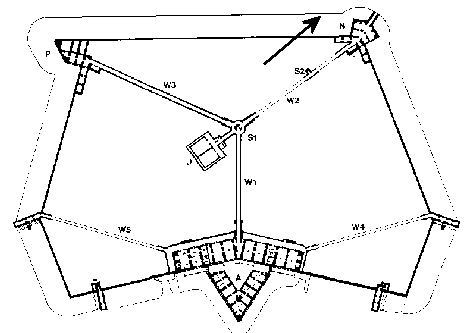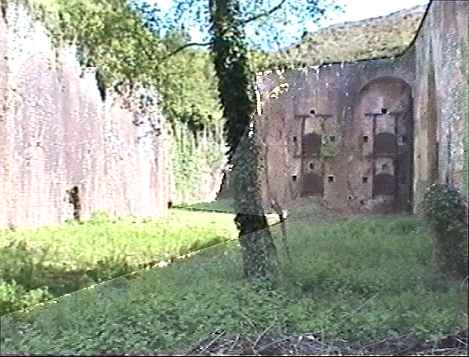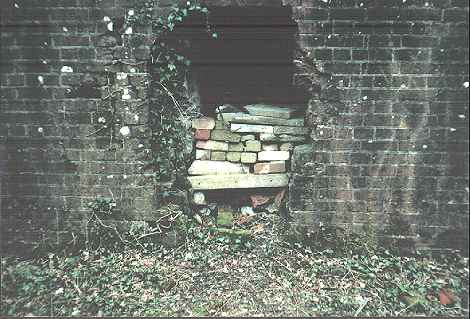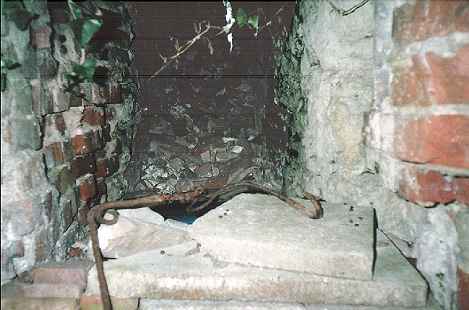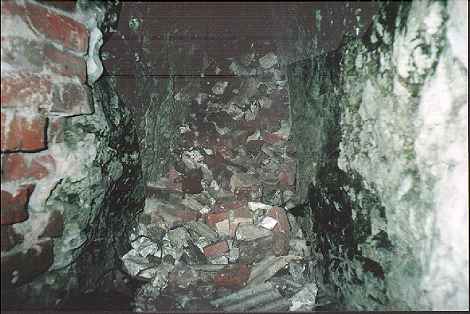|
The article
in the REDAN is an extract from the memoirs of a soldier, Mr AF
Izett, who died of cancer in 1989. In 1940 he was in the 65th
Chemical Warfare Company, 11th Chemical Warfare Training Battalion
at Figsbury Camp, Winterbourne Dauntsey, near Salisbury. On 13
June 1940 he was moved to Cosham Portsmouth and billeted with
civilians. Fort Purbrook was requisitioned for an equipment store
and operational base.
There were
several miners from the Rhonda Valley in the Company and the
Officer Commanding decided to put these men to good use by having
them dig a tunnel (no3 tunnel) in the counterscarp (the outer bank
of the ditch surrounding the fort) to create an Observation Post (O.P.).
Mr Izett suggested that a railway for the spoil be made using pipe
as rails and took the pulleys from the ready-use ammunition stores
of the fort's gun sites. The Company's Blacksmith made a truck and
the track was pipe spiked to wooden sleepers. The tunnel was dug
and the O.P. built all from within with only a slot for vision
visible from the outside.
|
